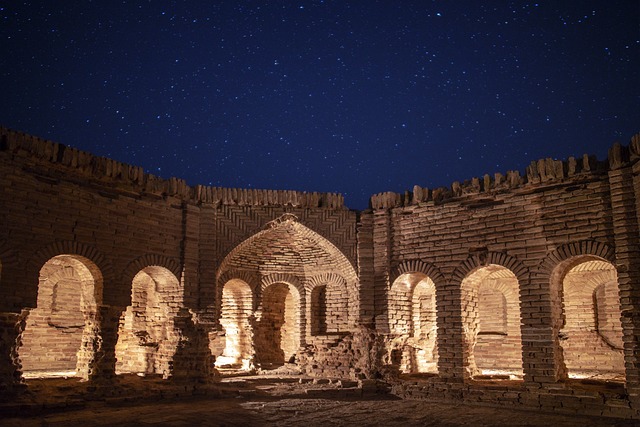Embracing the Quiet Drama of Night
There’s a kind of poetry that unfolds once the sun disappears behind the horizon. The world softens. Lights flicker on. Reflections deepen. And for those of us who feel drawn to capturing these fleeting moments, night photography becomes a beautiful puzzle demanding both patience and creativity.
It’s not just about darkness; it’s about uncovering the layers hidden in the shadows and glows. Layered not only in terms of visual composition but in mood, emotion, and time. Every photo whispers a different story, and with the right technique, your lens becomes a compass guiding you through the night.
The Language of Light and Shadow
When we’re talking about night photography, we’re speaking in the language of light. Unlike in daytime shooting, here the ambient light—street lamps, car headlights, neon signs—becomes an active player in your composition. Optical choices become critical. Whether you’re using a fast prime lens or a wide-angle lens with low aperture, your gear determines how well your camera ‘sees’ in the dark.
Understanding how your camera captures light will change everything. Use manual settings to control exposure: lower shutter speed, high ISO, and a wide aperture. But beware—high ISO can introduce noise. That’s where layering comes in again. Take multiple exposures if needed. Stack them. Let each help eliminate the noise of the other. Each photo becomes both product and process.
Finding Depth in Stillness
Stillness is often the heartbeat of night photography. Long exposures capture motionless subjects in exquisite clarity, while clouds or cars may turn into painterly blurs. This contrast creates dimensionality—a fresh layer of experience tucked within a single image. Here’s where your tripod becomes your best friend. Crisp starscapes or dreamy urban shots demand steadiness, and a remote shutter or timer prevents the smallest of vibrations from dulling your frames.
And don’t ignore the power of reflections. Water, windows, mirrors—they all double the emotion. Layer upon layer of meaning. An ordinary puddle can transform into a silver world mirroring the sky, the city, and your vision all at once.
Trusting Your Eye and Experimenting
Successful night photography isn’t just technical—it’s instinctual. Trust what pulls your attention in the dark. Maybe it’s the lone streetlamp on an empty sidewalk or the way blue hour melts into indigo. Don’t be afraid to experiment. Bracket your shots. Play with white balance to shift the color mood. Let the camera become an extension of your emotion, not just a tool for exposure.
Use optics creatively. A lens flare here, an out-of-focus light there—these can breathe life into an image when done intentionally. Sometimes imperfection in sharpness or clarity introduces its own kind of visual poetry.
And remember—the layers you reveal in every shot are not just physical ones, but emotional echoes of the quiet and solitude found only after dark.



